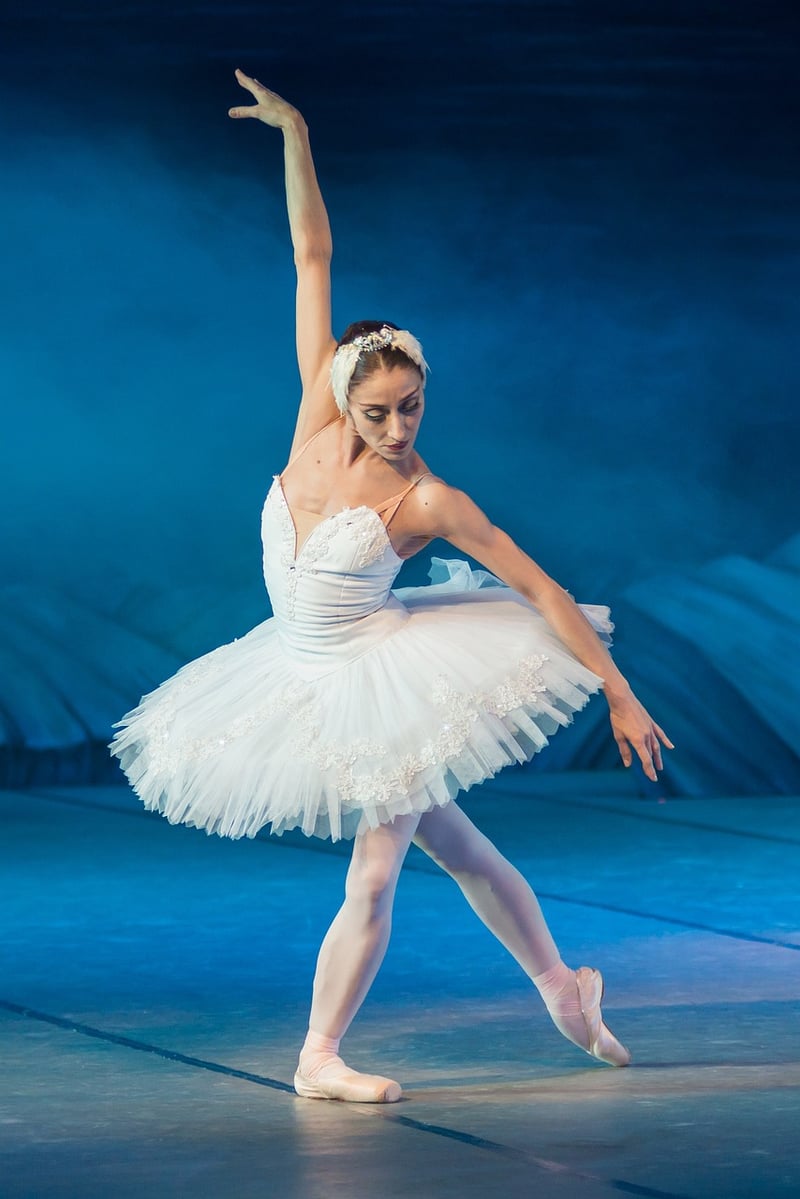Hip Hop
Exploring Expressive Movement Forms in Hip Hop
When it comes to dance, few genres are as vibrant and expressive as Hip Hop. Originating in the streets of New York City in the 1970s, Hip Hop dance has evolved into a dynamic and diverse art form that incorporates a wide range of styles and movements. In this article, we'll delve into the world of expressive movement forms within Hip Hop and how they contribute to the richness and creativity of the genre.
The Foundations of Hip Hop Dance
Hip Hop dance is deeply rooted in African American and Latinx cultures, drawing inspiration from a variety of sources including breaking, popping, locking, and house dance. These foundational styles form the basis of Hip Hop movement vocabulary and are characterized by their rhythmic footwork, fluid body isolations, and improvisational nature.
Expressive Elements in Hip Hop Dance
One of the key aspects that sets Hip Hop dance apart is its emphasis on individual expression and creativity. Dancers use their bodies as instruments to interpret music, tell stories, and convey emotions. From intricate footwork to smooth glides and powerful gestures, Hip Hop dancers infuse their movements with personal style and flair.
1. Freestyle Dancing
Freestyle dancing is a hallmark of Hip Hop culture, giving dancers the freedom to improvise and showcase their unique skills. It allows for spontaneous creativity, encourages self-expression, and fosters a sense of community as dancers interact and respond to each other's movements in cyphers or dance battles.
2. Krumping
Known for its high-energy and aggressive movements, krumping is a raw and intense form of Hip Hop dance that originated in the early 2000s. Dancers use sharp, exaggerated motions to express their inner emotions, creating a visceral and powerful performance that captivates audiences.
3. Tutting
Tutting is a precise and geometric style of dance that involves creating intricate shapes and angles with the arms and hands. Originating from Egyptian hieroglyphics, tutting adds a visual element to Hip Hop dance, allowing dancers to play with symmetry, precision, and illusion in their movements.
The Evolution of Hip Hop Dance
Over the years, Hip Hop dance has continued to evolve and adapt, incorporating elements from other dance styles and cultures. From contemporary and jazz fusion to experimental forms like animation and robotics, Hip Hop dancers constantly push boundaries and redefine what is possible with the human body.
Conclusion
Expressive movement forms play a vital role in Hip Hop dance, allowing dancers to communicate, innovate, and connect with audiences on a deep and personal level. By embracing individuality and creativity, Hip Hop dancers continue to inspire and captivate with their dynamic performances and unique artistic expressions.

Whether you're a seasoned dancer or simply a fan of Hip Hop culture, exploring the expressive movement forms within this dynamic genre can offer a glimpse into the boundless creativity and innovation that define Hip Hop dance.
Join the rhythm, feel the beat, and let the music move you as you journey through the captivating world of Hip Hop dance!
